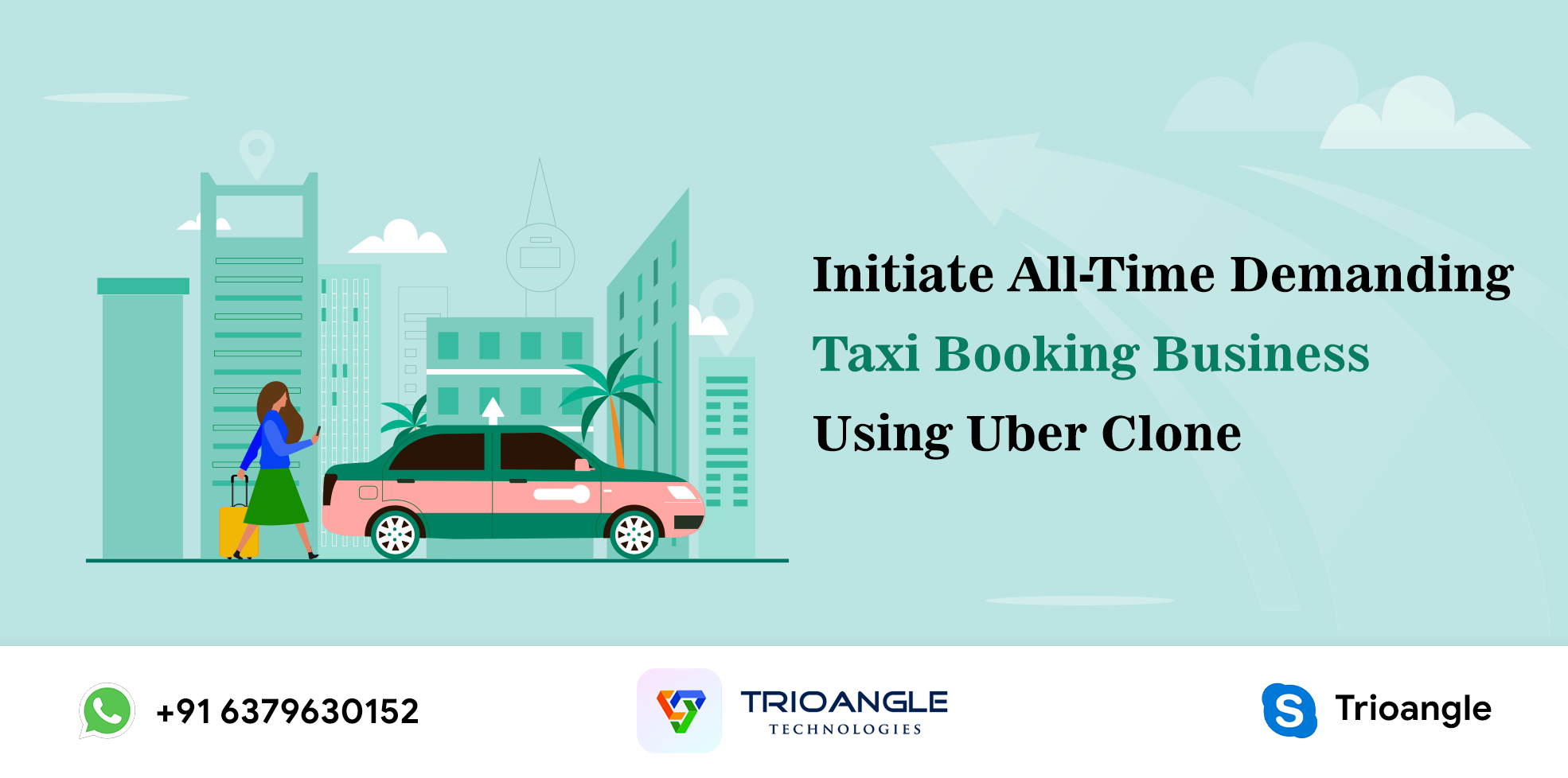Having a unique app idea, regardless of the goals you intend to achieve with it, is no longer enough – the mobile app market is far too competitive. It’s becoming more difficult to stand out, and the cost, both in terms of effort and money, is significant. Unpreparation for the mobile app development stage can result in costly, inconvenient, and brand-damaging errors.. However, if you take the time to put these pieces together, you will make the development process much easier and gain a significant competitive advantage. Making a successful app requires time and effort, but it is well worth the effort. Many app developers are so preoccupied with their app concepts and the big picture of the final result that they overlook the early stages. Forget about your app’s launch date just now. You must first learn how to launch an app before moving on to design one and fully immerse yourself in the app development process. There are several stages to the creation of mobile apps… However, there has always been a controversy between Android and IOS. Many people have definite preferences, yet the truth is that both sides exist.
All apps can be created in the same way, except the operating system, but this is not the case. To be more specific, the concept, design, production, and development of an app are all heavily influenced by the operating system used, whether it’s IOS or Android. Users may not notice the problem, but any developer will quickly compile a list of differences between the operating systems. Examine how IOS and Android development work before deciding which platform is ideal for your app.
The following are some examples of how the difference can be perceived. First and foremost, there is the target audience. The main difference between IOS and Android is that Android has a larger client base and holds a larger share of the market. However, the IOS platform delivers more profit in terms of monetary value because Apple consumers are prepared to pay in-app purchases. Your costs can be covered if you produce IOS software; however, getting a return on investment with Android takes longer.
Take into account consumer loyalty as well. 92 percent of IPhone owners prefer and are extremely familiar with the IOS operating system. Even if Android consumers are happy with it, there is always the possibility that they will switch to IOS. Furthermore, the IOS platform is limited to a restricted geographical area, Android, on the other hand, is aimed towards a global audience. So, if you want to reach a larger market, Android is the way to go, but if you want to maximize profit, IOS is the way to go.
Second, there’s the market base. The main difference between IOS and Android is that Android has a larger client base and holds a larger share of the market. However, the IOS platform delivers more profit in terms of monetary value because Apple consumers are prepared to pay in-app purchases. Your costs can be covered if you produce IOS software; however, getting a return on investment with Android takes longer. Take into account consumer loyalty as well. 92 percent of IPhone owners prefer and are extremely familiar with the IOS operating system. Even if Android consumers are happy with it, there is always the possibility that they will switch to IOS. Furthermore, the IOS platform caters to a certain geographic area, whereas the Android platform caters to a global audience. So, if you want to reach a larger market, Android is the way to go, but if you want to maximize profit, IOS is the way to go.
Programming languages are the third category. The programming language is the most important distinction between the platforms. Java is used in Android system apps, while Swift is used in IOS apps. Java is an older language with a difficult learning curve and a complex syntax. Swift, on the other hand, has a more straightforward syntax that is simple to grasp. Swift, on the other hand, is a relatively new language that existed before Android devices were put into production.
Because of the intricacy of the programming language, developing an Android app could take far longer than developing an IOS app.
Fourth, these platforms employ quite different integrated development environments (IDEs) because they use different programming languages (Integrated Development Environment). Back-end application development is done utilizing integrated development environments (IDEs), which include a source code editor, build automation tools and a debugger. Eclipse, Android Studio, and IntelliJ are just a few of the tools available to Android developers. These IDEs are the most widely used Android programming tools. There aren’t many options when it comes to developing IOS apps, but X code and App Code are two of the most popular.
Fifth, the one-of-a-kind user interface designs before building an app, an app designer must understand how different interfaces work. The UI/UX design on both systems is vastly different. New apps must fit the user experience to run.
• Screen Size and Resolution: Apple’s IPhones and I Pads have two different screen sizes and resolutions. Android, on the other hand, comes in a variety of screen sizes and resolutions, which vary by brand.
• Navigation: When designing an app for Android smartphones, the menu is frequently located on the left, whereas on IOS devices it is on the top. Furthermore, Android likes a colorful icon set, whereas IOS uses blue or grey icons by default.
• The Back Button: The back button on Apple devices is located on the top left side; however, the back button on Android smartphones varies depending on the brand and device. A physical button is seen on some Android devices, whereas a touch button is found on others. Users should be able to utilize the app with ease on both Android and IOS platforms.
• Menu: On Android devices, the menu is usually a drawer menu that is accessed via a tap-and-pull gesture. The menu is normally found on the left side of the home screen or towards the bottom. Users on IOS, on the other hand, have hamburger menus. When an IOS user unlocks their Smartphone, they receive access to the menu.
Sixth, the ease with which a project can be developed. You may ask as many developers as you want, and they’ll all agree that developing Android apps is more convenient.
Because you can only develop apps on a Mac, IOS app development might be difficult. There is no other choice; it is your only alternative. One issue is owning a Mac, and another is investing in one because they are expensive. Apps on the IPhone and IPad are more technological and advanced. Because you must adhere to Apple’s stringent procedures, regulations, and requirements. Only a few apps are allowed to be downloaded from the App Store. As a result, hiring an IOS app developer is critical.
Android apps, on the other hand, are adaptable, and they can be developed on Windows, Linux, and even Mac computers. Because Android apps are typically free, there is always a trade-off in terms of app quality.
Finally, the cost of development varies depending on the characteristics of the app. Time Spent: The amount of time it takes to construct an app is directly related to the increase in prices. App Complexity: Android apps are complex because they must run on a variety of versions and types of devices, but there are no such limitations for IOS. However, certain statistics can be viewed, such as the cost of developing mobile apps: IOS vs. Android. There is a widespread belief on the internet that IOS apps are more expensive than Android apps. We evaluated the cost of Android app development vs. IOS app development to see if this is accurate or incorrect. According to Cleve road, the average number of hours required designing a simple, medium, and advanced mobile app is as follows:
• 300 hours for a basic app; 600 hours for a medium complexity app; and 800 hours for a complicated app.
According to the same source, the following are the rates for Android and IOS developers in the United States and Eastern Europe.
Ultimately, whether you choose Android or IOS for your app development, it’s clear that each has its own set of characteristics. There is a lot to learn on each side, and they both provide the potential to make money. So remember these principles and choose what works best for you. Although both platforms may be used to maximize earnings and both provide returns on investments, IOS has a slight advantage over Android because it provides faster and higher returns on investments.
The conflict between Android and IOS has raged for a long time, and there is no clear winner because both have advantages and disadvantages. A disadvantage of Android is the benefit of IOS. To assist you with your decision-making, we’ve just highlighted some of the key differences between IOS and Android. As a result, you should pay close attention to the finer points, compile comparison studies, weigh your options, and, most importantly, only collaborate with highly trained specialists who will make developing an app worthwhile.
Source link






Leave a Reply